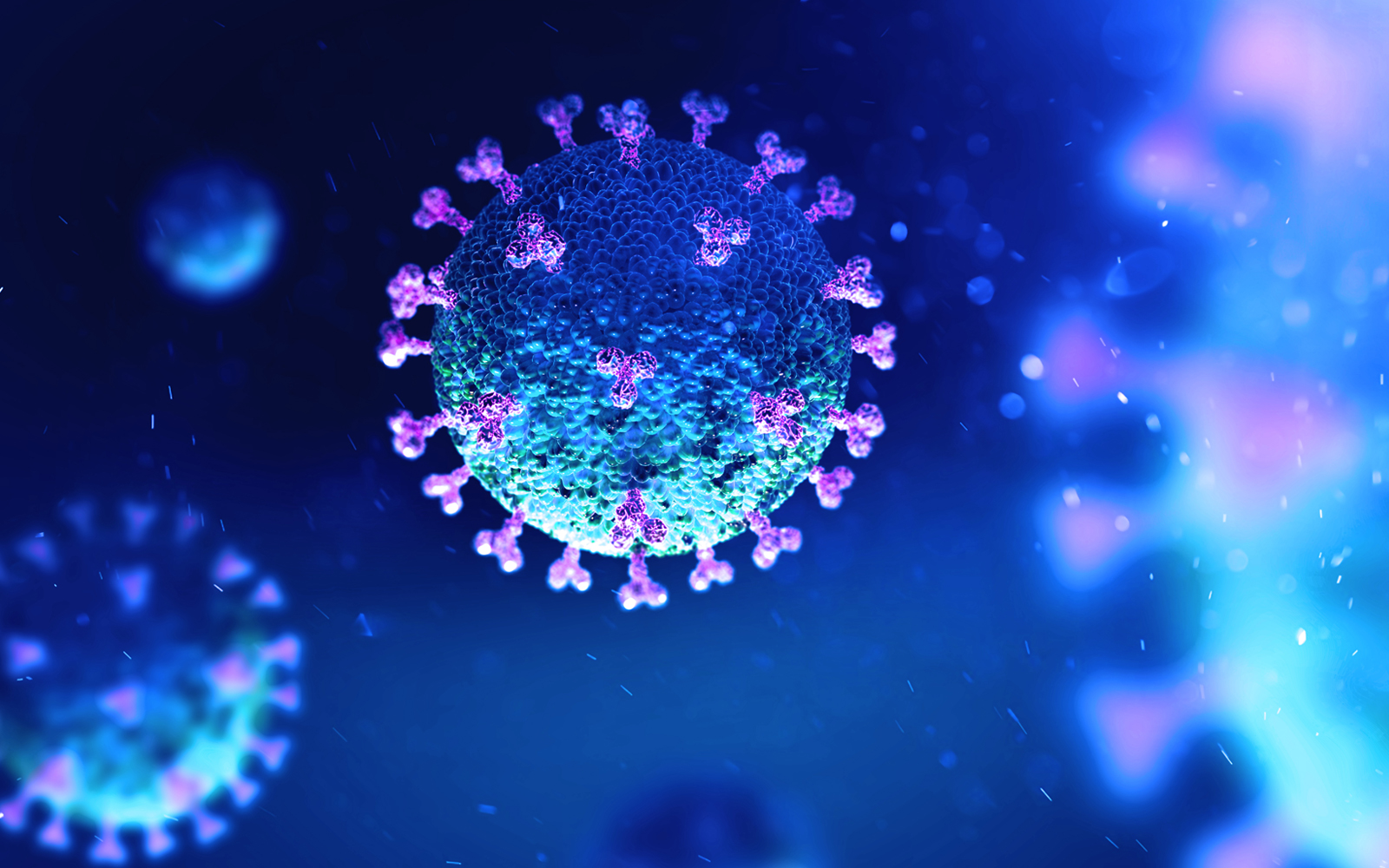Fifty-three San Diegans have died from complications of COVID-19 and the number of local cases increased by 83, the County Health and Human Services Agency announced today.
All six people who died from the novel coronavirus had underlying medical conditions.
“COVID-19 continues to take a toll on our residents and communities,” said Eric McDonald, M.D., M.P.H., medical director of the County Epidemiology and Immunization Services branch. “Our condolences go out to the families and loved ones of those who perished because of this novel virus.”
The age, gender and race and ethnic breakdown of the local COVID-19 deaths are:
Age:
- 80 and older: 27
- 70 to 79: 14
- 60 to 69: 5
- 50 to 59: 4
- 40 to 49: 1
- 20 to 29: 2
Gender:
- 30 Men
- 23 Women
Race and Ethnicity:
- 22 White
- 16 Hispanic
- 2 Asian
- 1 Multiple races
- 12 Unknown
County COVID-19 Cases Now at 1,930
Eighty-three new COVID-19 cases were announced today, bringing San Diego County’s total to 1,930.
Of the local cases, 971 (50.3%) were men and 954 (49.4%) were women. The gender of five people is unknown. Of the reported cases, 450 (23.3%) have required hospitalization and 164 (8.5%) of the total number of cases had to be placed in intensive care. Fifty-three (2.7%) have died.
Hospitals report directly to the state the number of patients who are currently hospitalized and in intensive care. The totals can be found here.
Other measures and resources to deal with COVID-19 include:
- More than 27,000 tests have been administered to San Diegans.
- The County has distributed more than 2 million personal protective equipment items to local health care providers, including nearly 810,000 N-95 respirators, almost 400,000 surgical face masks and about 746,000 gloves.
- A total of 2,029 hotel rooms have been secured to isolate people who have potential COVID-19 symptoms and people who have health vulnerabilities and have no place to live.
- Of the 1,582 rooms for County Public Health Services use, 201 are occupied by 213 guests.
- Of the 447 rooms assigned to the Regional Task Force on the Homeless, 194 are being occupied by 322 people who are at higher risk of developing complications from COVID-19.
6 Things to Consider Before Modifying Stay-at-Home Orders
California Gov. Gavin Newsom today announced six indicators the state will use when determining whether to modify the stay-at-home orders, and although he gave no timeline as to when this might occur, he did indicate it would be in phases.
These indicators, which can be modified by local public health officers and will be in place until community immunity is achieved, include having the ability to:
- Monitor and protect communities through testing, contact tracing, isolation and supporting people who test positive or have been exposed.
- Prevent infection in people who are at risk for more severe COVID-19.
- Handle surges in cases by hospitals and health systems.
- Develop treatments options to meet the demand.
- Support physical distancing by businesses, schools and childcare facilities.
- Determine when to reinstitute certain measures, such as the stay-at-home orders, if necessary.
“We will follow the state’s recommendations and guidelines and adapt them as necessary to continue protecting our local residents,” McDonald said. “We understand people want to return to their normal lives, but we must continue to stay at home until the novel coronavirus is no longer a threat to the public.”
More Case Information
The County’s COVID-19 webpage contains a graph showing new positive cases and total cases reported by date. The data is also broken down by ethnic group. A new interactive dashboard with several COVID-19 indicators is being updated daily. For more information, visit www.coronavirus-sd.com.





